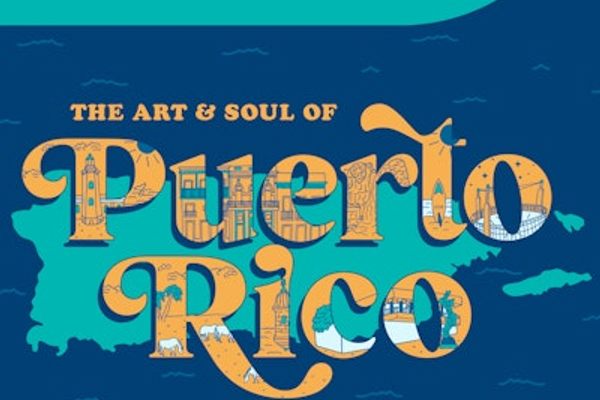Get Over Here, Man: Decoding the Bro-Hug
Get over here, man! (All illustrations: Franziska Barczyk)
About 25 seconds into Tupac Shakur’s music video for the 1993 hit “I Get Around,” it happens. Shakur walks through a pair of French doors onto a porch, turns to his left where one of his friends is standing, and pulls him into a four-step embrace: hand clasp, shoulder bump, back pat, release. It’s a casual, cool greeting, and both men smile as they carry it through to completion. With one simple gesture, Shakur seems to say to his friend: “You belong here.”
His greeting has many names: bro-shake, bro-hug, hip-hop hug, pound, dap. Whatever name it goes by, in the last 30 years the gesture has become ubiquitous—it’s almost impossible to walk across a college campus or into a bar without seeing it performed. I’ve even tried it, but my bro hug had none of the natural grace of Tupac’s, and my guy friends responded with blank stares. It’s clearly a man’s greeting, and its popularity in this moment in time is no coincidence.
“Twenty years ago it wouldn’t have been common to see men hugging each other as a normal greeting,” explains Kory Floyd, a communications professor at the University of Arizona. “It really evolved as a way for men, especially young men, to show their affection for each other in a way that’s culturally accepted.” Part of the reason the greeting has become so popular now is because our ideas about sexuality, as a culture, are more flexible, Floyd says.

But enlightened as we may be, it’s still important for men to defend, as Dr. Akil Houston of Ohio University calls it, their “fragile notion of masculinity.” Thus the bro-hug: A socially acceptable display that combines affection with aggression. Men can hug each other in public, but they maintain an arm barrier between their torsos and pat each other just once or twice on the back.
As Floyd puts it, “It both demonstrates participants’ strength and minimizes the amount of contact between their bodies.” Win-win.

According to Houston, who studies hip-hop, the bro-hug was originally an African-American cultural practice. Its initial spike in popularity probably occurred in the 1980s, when channels like MTV, BET, and Video Music Box launched, serving up hip-hop culture to millions of new viewers. Once visible in the mainstream, the formerly niche bro-hug began to be imitated en masse.
This, says Houston, is how the bro-hug spread, but it’s not where it began. The gesture itself is much older, and tied to the history of black oppression. “Generally, if you look at how people have resisted oppression, one of the key ways is through the body,” he says. “Expressions that go against proper decorum are a way for people to exert themselves and express their humanity.” The antithesis of the bro-hug would have been the gentleman’s handshake.

For a gesture that began as a means of resistance, it’s now remarkably commonplace, caught up in the endless cycle of cultural appropriation. When you see twenty-something investment bankers using it to greet each other at a happy-hour spot, chances are they’re not using it to subvert an oppressive institution; more likely they’ve adopted the bro-hug for its social function.
But like all social interactions, the bro-hug can go awry. “There’s nothing more awkward than going in expecting a handshake, then realizing you (yet again) screwed up another ‘bro’ handshake,” one Redditor wrote in a cry for “halp.” His fellow Redditors rushed to chime in: “Watch their hand placement. If it’s a waist level, 90 degrees, it’s most likely a handshake.” “Extend your hand first to dictate which handshake you want.” “When saying goodbye to someone, throw your hand up at a 45-degree angle, palm out.”
More than anything, as their comments suggest, the the bro-hug is about picking up on social cues, and “responding to other people’s body language,” as Marcus Jones, a recent NYU graduate, sees it. Jack Salva, a Missouri resident, agrees: “It’s a respect thing. You’re allowing someone to be close to you, so if there’s a misunderstanding between two people about their level of comfort with each other, it might get awkward.”
Misread the comfort level and you’ll end up like Kanye West and John Mayer—West goes in for a bro-hug, Mayer fakes him out and turns the thing into a real hug, and in the end West is left smiling, shaking his head, and wondering what went wrong.
There is no doubt that a set of unwritten rules governs the bro-hug. Mayer’s bungle is funny to watch, but Houston says a gaffe such as his could have consequences. “If I meet someone and we give each other a bro-hug, and mine doesn’t measure up to what the other person feels is legitimate, my identity is in question,” he says. It’s like belonging to a club, he explains. If someone doesn’t know the password, their membership is suspect. If Tupac’s friend had fumbled the clasp or given one too many back pats, perhaps the party would’ve come to a screeching halt.
To Houston, the bro-hug’s popularity might be a sign that it’s on its way out. Seeing it everywhere is like hearing the words “bling” and “swag” on the shopping channel, he says. It’s a sign that the cool factor is gone, sucked out by the establishment. Jones agrees, but for different reasons. “I’ve noticed, at least in New York, it’s dying down a little bit,” he says. “I’m just straight-up hugging people now.”
If anything the bro-hug will evolve along with our notions of masculinity, not dictating but responding to the way men express affection for each other.












Follow us on Twitter to get the latest on the world's hidden wonders.
Like us on Facebook to get the latest on the world's hidden wonders.
Follow us on Twitter Like us on Facebook